COLUMN: Bradford Dale is truly a magnificent place to visit for any wildlife watcher
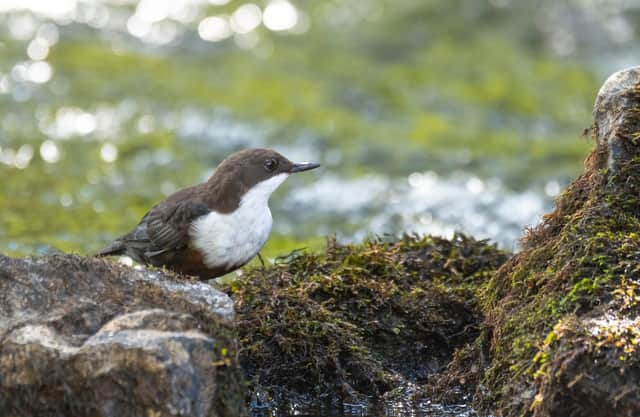

Within those four miles it packs a real punch as far as wildlife is concerned, especially as it passes through this month’s recommendation, Bradford Dale.
The clear slow running water and still catchment areas created by a series of weirs create a habitat perfect for an array of birds, mammals, fish, insects
and plant life.
Advertisement
Hide AdAdvertisement
Hide Ad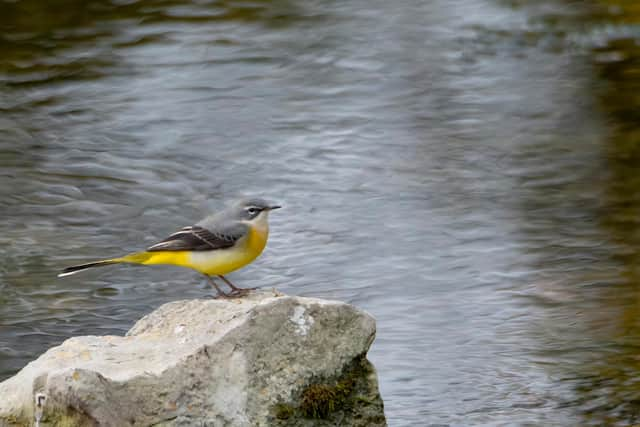

August is particularly good as there are plenty of young fledgling birds now on the wing and butterflies are everywhere.
I usually park at Alport and walk south where the River Lathkill meets the River Bradford. This area has rocky slopes to your left and gentle sloping meadows to your right.
Keep your eyes out for Red Admiral and Meadow Brown butterflies feeding on the wildflowers that grow along the river’s edge.
There are still a few chattering Swallows around at this time of year either perched on telephone wires or swooping over the meadows looking for a meal. I you’re very lucky you could see Water Vole, a rare sighting but they are around.
Advertisement
Hide AdAdvertisement
Hide Ad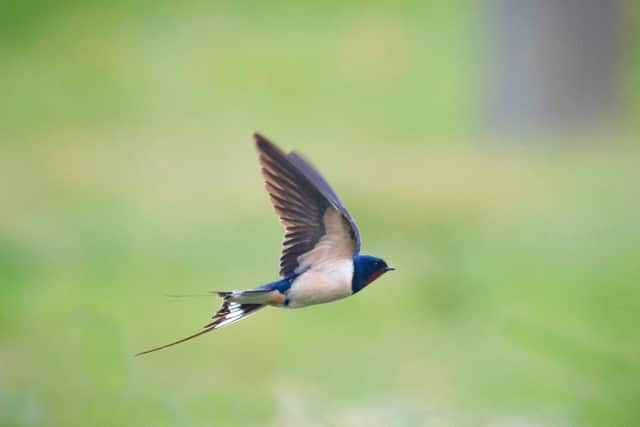

After passing through the outskirts of Youlgreave the dale widens, and the river flows slowly at your feet. Take a moment to look for Brown Trout holding position in the water waiting for food to pass by.
Here Grey Heron often hunt, stealthily walking, eyes fixed and using their feet to try and disturb anything tasty. Listen out for Whitethroat and Willow Warbler, a few can still be heard singing through August before heading off to southern Europe and Africa for the winter.
Just before you reach the stone crossing at Holywell Lane there is a bench on your right, sit for a while and watch out for Grey Wagtails busily feeding on and around the water, they have hungry young to feed and can be seen collecting flying insects mid-air.
With lemon yellow underparts and slate grey back, they are easy to spot, with, as their name suggests, a constantly wagging tail. A black throat distinguishes the male from female if you get a good look through your binoculars.
Advertisement
Hide AdAdvertisement
Hide Ad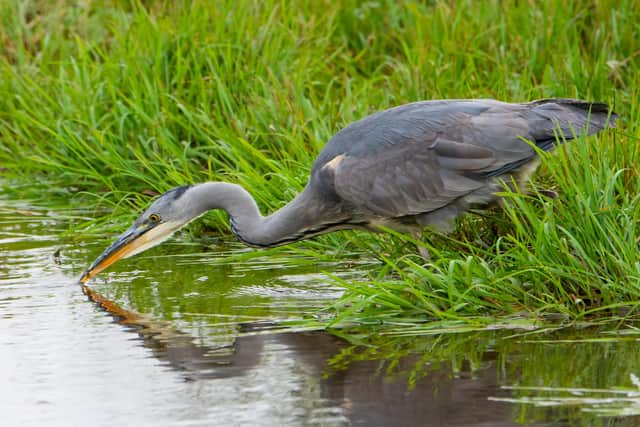

The next section of the walk, after crossing over the river, for me is one of the most wonderful and beautiful places in Derbyshire. Steep banks full of native trees with the River Bradford running through its heart. Coots control the water here, Mute Swans and the occasional Little Grebe are allowed to pass through. The star, and a bird that I have never failed to see here, is the Dipper.
At first view it may seem a little dull with its chocolate brown back and high-pitched single note call. But give it a chance, find a spot to rest, pour yourself a cuppa and observe one of my favourite birds.
Listen closely and its song can be heard cutting through the burbling of the water, very subtle but so enchanting. Watch as it leaves its rocky perch and enters the flow of the river, head under looking for aquatic insects and small fish.
When prey is found it launches and can swim beneath the surface using its wings for propulsion.
Advertisement
Hide AdAdvertisement
Hide Ad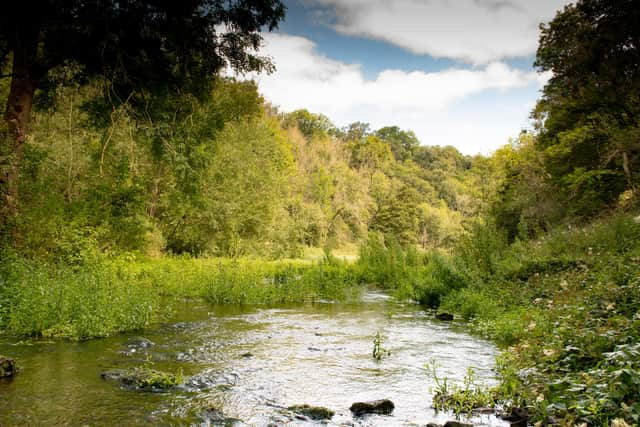

If you can bear to leave the Dipper, carry on walking until you reach the ‘books in the wall’, but don’t forget to keep looking for other great species. Dark Green Fritillary, Comma and White-letter Hairstreak butterflies can be seen along with some gorgeous flowers such the Common Water-crowfoot that carpets the areas of still water, Wall Hawkweed growing among the stone bridges and Common Comfrey along the banks.
After taking this all-in do an about turn and do it all again as you walk back to the beginning.
Bradford Dale is truly a magnificent place to visit, and I can’t recommend it highly enough for any wildlife watcher. As always go as early as you can when the residents can be seen and heard at their best.
Star of the month
The Dipper is an aquatic bird and as such can be found on many slow to rapid running rivers in Derbyshire. Its name comes from the bobbing or dipping motion when perched and this is one of the best things to look for when trying to ID this bird.
Advertisement
Hide AdAdvertisement
Hide AdSlightly smaller than a Starling and with a brown colouration from the back of its head to its tail, it can be hard to spot until you get your eye in. If seen from the front a white throat and chest makes it more obvious.
We can have as many as 14,000 pairs in the UK in summer, and they sometimes begin to breed in early March with 4-5 eggs being laid and 3 clutches are possible if the weather conditions remain favourable.
Many Dippers are resident so it can be seen throughout the whole year.